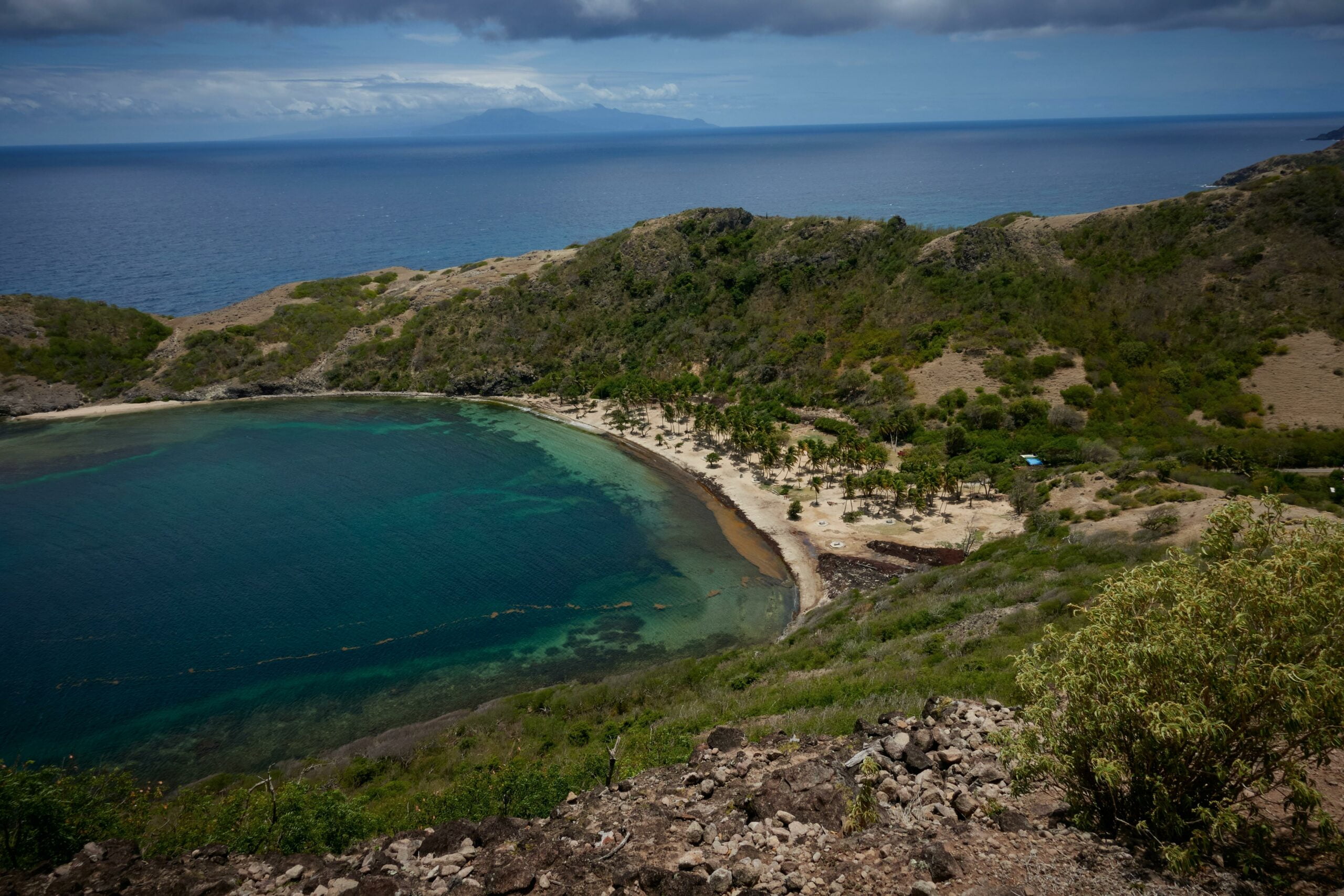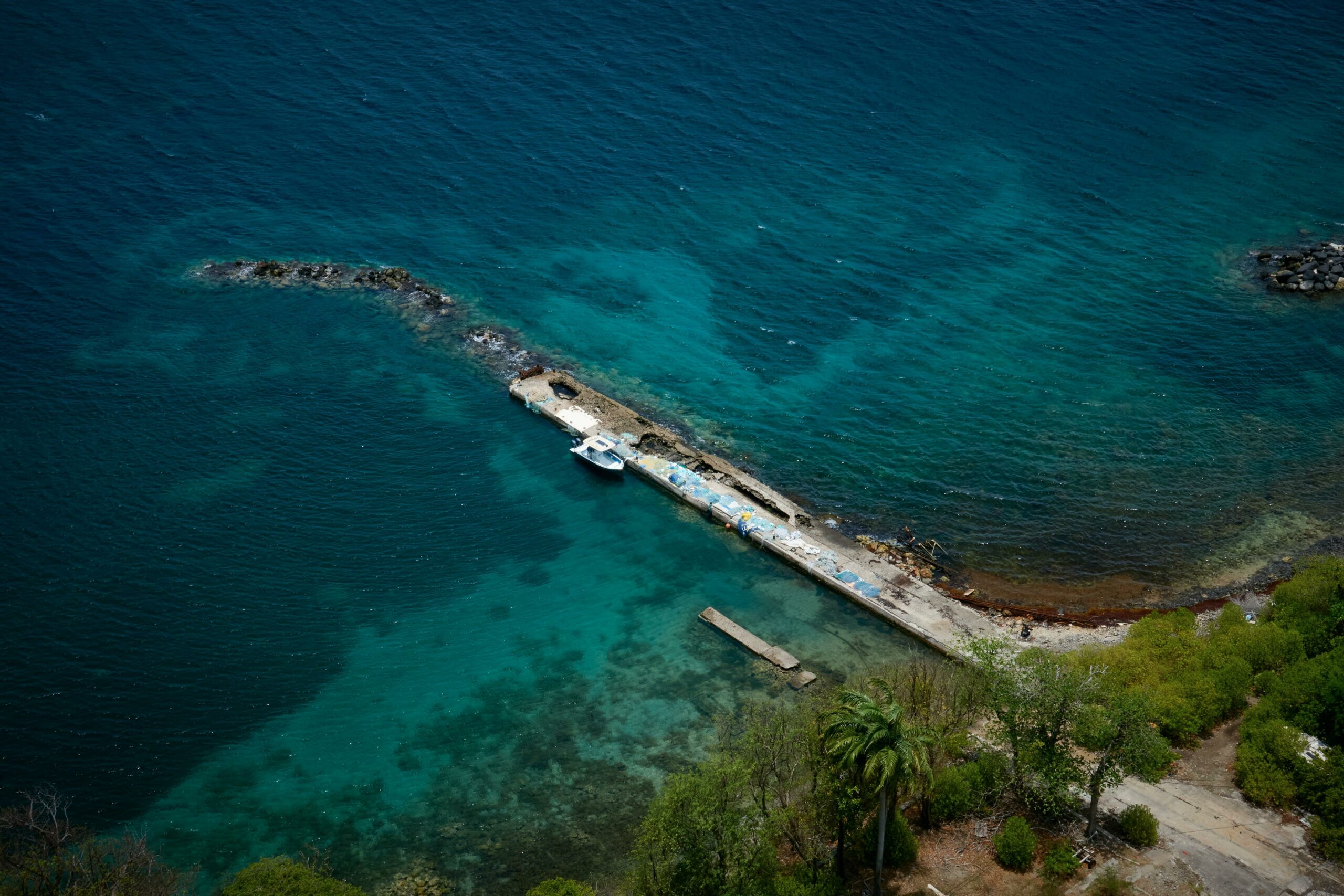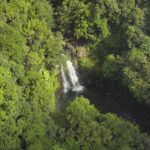Welcome to a mesmerizing journey through the enchanting past of Guadeloupe! In this article, we will delve into the depths of this Caribbean jewel’s rich history, uncovering remarkable tales and hidden treasures that have shaped its unique cultural tapestry. As an experienced historian and writer, I am thrilled to guide you through the captivating narratives and untold stories of Guadeloupe’s past. Prepare to be transported to a world where time stands still, as we unravel the mysteries and explore the complexities that have made Guadeloupe the mesmerizing destination it is today.

The Enchanting Past: Exploring the Rich History of Guadeloupe
Guadeloupe, with its captivating charm and fascinating past, offers a treasure trove of historical tales waiting to be discovered. As an experienced historian and writer specializing in Caribbean culture and heritage, I am thrilled to take you on a journey through the depths of Guadeloupe’s rich history.
Indigenous Roots and Colonial Influences
The history of Guadeloupe dates back to a time before the arrival of Christopher Columbus when the indigenous Arawaks and Caribs inhabited the island. These native tribes thrived for centuries, living harmoniously with nature and cultivating a vibrant society. However, their presence would soon undergo a profound transformation with the arrival of European explorers.
In 1635, the French settled on the island, marking the beginning of Guadeloupe’s colonial era. The Carib Indians, caught in the crosshairs of power, were either killed or forced to flee. With the colonization came waves of Spanish and French influence, shaping the island’s cultural identity.
Guadeloupe’s history is like an intricate tapestry, where each thread represents a different chapter in its enchanting past.
Confronting Nature’s Fury
Nature, with its picturesque landscapes and balmy climate, has also proven to be both a blessing and a challenge for Guadeloupe. The twin islands of Basse-Terre and Grande-Terre showcase the island’s topographical diversity, from the mountainous peaks of Basse-Terre to the gentle plains of Grande-Terre. The imposing Soufrière volcano, a testament to Guadeloupe’s volcanic origins, stands tall as a reminder of the island’s turbulent past.
But along with its natural beauty, Guadeloupe has endured the wrath of tropical storms. These tempestuous events have left indelible marks on the island, devastating communities and reshaping its landscapes. Despite the challenges, Guadeloupeans have shown resilience and solidarity in the face of adversity, rebuilding their homes and preserving their cultural heritage.
Just like a phoenix rising from the ashes, Guadeloupe has emerged stronger and more resilient after each encounter with nature’s fury.
Cultural Melting Pot and Festive Traditions
Guadeloupe’s cultural heritage is a testament to the island’s unique blend of French, African, and Amerindian influences. The fusion of these diverse traditions has given birth to a vibrant and captivating tapestry of customs, music, and festivities.
Festivals dedicated to goats, such as the famous “Fête des Chèvres,” showcase the island’s deep-rooted connection to agriculture and honor the vital role that goats have played in Guadeloupean history. These celebrations not only bring communities together but also highlight the island’s resilience, as goats were a crucial source of sustenance during times of hardship.
Guadeloupe’s cultural legacy is a harmonious symphony that celebrates diversity and weaves together the threads of its captivating past.
Historical Sites and Heritage Exploration
If you are eager to delve even deeper into Guadeloupe’s rich history, you can explore the numerous historical and heritage sites scattered across the island. The Beausoleil Plantation stands as a poignant reminder of Guadeloupe’s colonial past, offering a glimpse into the hardships endured by enslaved individuals who toiled on the island’s sugarcane plantations.
Another landmark worth visiting is Fort Louis Delgrès, a testament to Guadeloupe’s resistance against colonial oppression. Named after a prominent Guadeloupean hero, this fort bears witness to the island’s fight for freedom and serves as a powerful symbol of resilience and defiance.
These historical sites serve as portals to a bygone era, paving the way for a deeper understanding of Guadeloupe’s captivating history.
A Tropical Paradise with a Story to Tell
Beyond its historical significance, Guadeloupe entices visitors with its stunning natural beauty. Turquoise waters, pristine beaches, and lush rainforests teeming with vibrant flora and fauna create a paradise that seems almost too good to be true. As you navigate through its picturesque landscapes, take a moment to appreciate the intertwined history that has shaped this remarkable island.
Guadeloupe’s past is like a colorful tapestry, each thread representing a chapter that weaves together the captivating story of this tropical paradise.
So, join me in unveiling the enchanting past of Guadeloupe as we embark on a journey through time, immersing ourselves in the rich history that has shaped this captivating island. Discover the indomitable spirit of its people, the echoes of indigenous cultures, and the echoes of past struggles and triumphs.
Remember, history is not just a collection of events—it’s a story waiting to be told. And Guadeloupe’s story is one that will surely leave you captivated and inspired.
Guadeloupe, a mesmerizing island in the Caribbean, is known for its stunning natural beauty and rich cultural heritage. But did you know there are 10 interesting facts about Guadeloupe that will leave you in awe? Allow us to enlighten you on the marvels of this enchanting destination.
- The origin of Guadeloupe’s name can be traced back to an Amerindian word “Karukera,” meaning “Island of Beautiful Waters.”
- Guadeloupe is an overseas region of France, making it a unique blend of French and Caribbean influences.
- It is home to the highest waterfall in the Caribbean, named Carbet Falls, which cascades down an impressive 410 meters (1,345 feet).
- The island boasts of a diverse ecosystem, with lush rainforests, pristine beaches, and even active volcanoes.
- Guadeloupe is famous for its rum production, and exploring the local distilleries is a must-do for any rum enthusiast.
- This paradise is a haven for snorkelers and divers, as its crystal-clear waters are teeming with vibrant coral reefs and a diverse marine life.
- The national park of Guadeloupe is a UNESCO World Biosphere Reserve, protecting the unique flora and fauna found on the island.
- The cuisine of Guadeloupe is a true delight, blending flavors from African, Indian, and French culinary traditions.
- The famous Carnival of Guadeloupe is a vibrant celebration of vibrant colors, masks, costumes, and contagious music.
- Guadeloupe’s archipelago consists of multiple islands, each with its own distinct charm and attractions, from the lively Grande-Terre to the unspoiled beauty of Les Saintes.
Discovering the wonders of Guadeloupe is an adventure you won’t want to miss. So, dive into the fascinating facts about this Caribbean gem and start planning your unforgettable journey to this tropical paradise.
10 interesting facts about Guadeloupe
FAQ
Question 1: What is the significance of Guadeloupe’s geological features?
Answer 1: Guadeloupe’s geological features, including the volcanic Soufrière volcano and the chain of mountains in Basse-Terre, play a vital role in shaping the island’s landscape. These natural formations contribute to the island’s lush vegetation and provide a unique backdrop for its rich history and cultural heritage.
Question 2: What languages are spoken in Guadeloupe?
Answer 2: The official language of Guadeloupe is French. However, most residents also speak Guadeloupean Creole, a French-based creole language. This linguistic diversity reflects the island’s multicultural heritage and adds to its vibrant cultural tapestry.
Question 3: What is the colonial history of Guadeloupe?
Answer 3: Guadeloupe’s colonial history dates back to the arrival of the French in 1635. Prior to their settlement, the indigenous Arawaks and Caribs inhabited the island. Unfortunately, the Carib Indians were either killed or forced to flee. Over the years, Guadeloupe experienced periods of Spanish and French rule, which have left lasting imprints on its society, architecture, and traditions.
Question 4: What are some notable historical sites in Guadeloupe?
Answer 4: Guadeloupe is home to several historical and heritage sites that offer insights into its past. These include the Beausoleil Plantation, a reminder of the island’s agricultural history, and Fort Louis Delgrès, a fortress reflecting the island’s military significance. Exploring these sites allows visitors to delve deeper into the diverse history of Guadeloupe.
Question 5: What makes Guadeloupe a popular tourist destination?
Answer 5: Guadeloupe’s captivating natural beauty, pristine waters, and vibrant cultural scene make it a sought-after tourist destination. The island’s tropical climate, rich biodiversity, and breathtaking landscapes attract nature lovers and adventure enthusiasts alike. Its mix of French, African, and Amerindian influences offers a unique cultural experience that captivates visitors from around the world.
- Georgia Platform: A Southern Strategy, 1850s - March 31, 2025
- How many weeks is 40 days: Quick Conversion Guide for Accurate Results - March 31, 2025
- How many feet is 300 meters? 984 Feet: Understand Length Conversions Easily - March 31, 2025
















